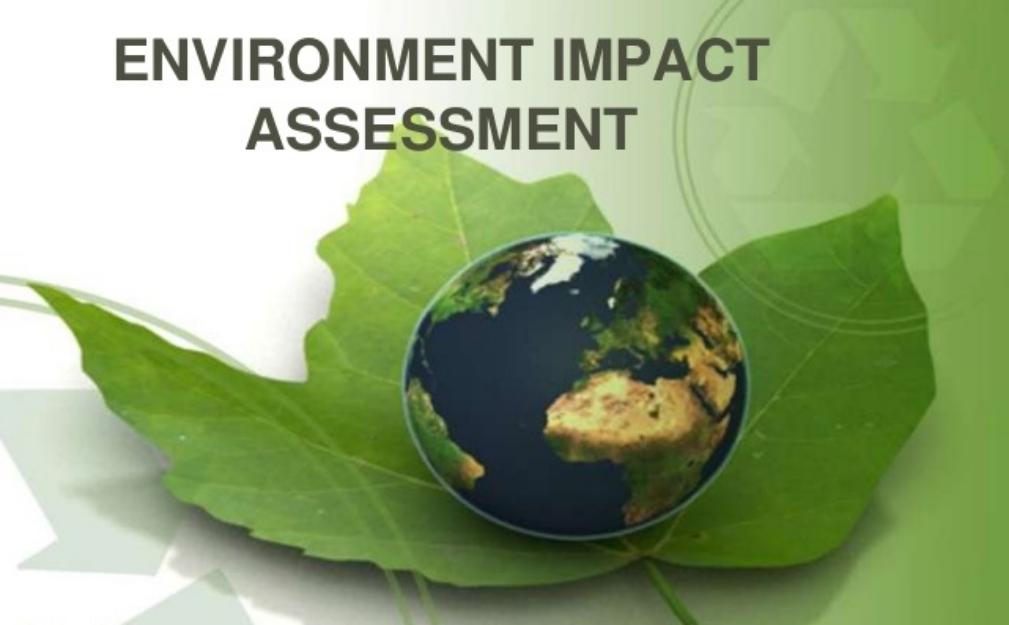In fact, UNEP defines Environmental Impact Assessment basically like a tool used to identify social, environmental, as well as economic impact of a project before other aspects come into play such as decision-making. It is aimed at anticipating environmental impact at an early stage in project planning and design. Using EIA, environmental as well as economic benefits can be achieved including reduced cost, time of project implementation, design, treatment cost and impact. Although legislation as well as the the practice of environmental impact assessment may vary around the world, the basic and fundamental components of an EIA should necessarily involve many stages.
• Screening determines projects or developments which require full or partial impact assessment study,
• Scoping identifies potential impacts relevant for assessment (these are based on legislative requirements, expert knowledge, international conventions, and public involvement) and identify alternate solutions to avoid, mitigate, or compensate the adverse impacts on biodiversity. These include the options of not proceeding with the development, finding alternatives, designs or sites that avoid impacts. They incorporate safeguards in the design of a project or provide compensation for adverse impacts. They also derive terms of reference for impact assessment,
• Assessment as well as evaluation of environmental impact and development of alternative. This is used to predict as well as identify likely environmental impact of proposed projects or developments, including detailed reports on alternative measures,
• Reporting Environmental Impact Statement (EIS) or the EIA reports: These include environmental management plan (EMP) as well as a non technical summary for general reading and public.
• Environmental Impact Statement (EIS) Review: These are based on the terms of reference (scoping) as well as the public (which includes authority) participation.
• Decision making on the approval of projects and the conditions determining them, and
• Monitoring, enforcement, compliance, and environmental auditing. Monitoring if the predicted impacts as well as the proposed mitigation measures happen as defined in the EMP. Verify compliance issues, ensure unpredicted impacts or failed measures identified and addressed on a timely basis.
- How Covid-19 Is Having a Lasting Impact on the Environment - May 14, 2020
- NCAP: What are the Features of National Clean Air Programme? - April 8, 2019
- National Clean Air Programme (NCAP) May Reduce Particle Concentration - April 6, 2019
- Microplastic in Marine Life: Finds Chennai’s Institute of Ocean Technology - February 19, 2019
- Microplastic Pollution in India Worst in Kerala, Mumbai, Chennai, Goa - February 9, 2019
- How Microplastics Kills Marine Life and Enters Human Food Chain - February 1, 2019
- National Policy on Biofuel Will Reduce India’s Reliance on Fossil Fuels - January 30, 2019
- Shipping Industry Can Use Modern Technologies to Cut Emissions - January 16, 2019
- Environmental Impact Assessment: What Are the Various Aspects? - December 12, 2018
- World Elephant Day: Stop Human-Animal Conflict, Habitat Loss, Poaching - August 13, 2018

